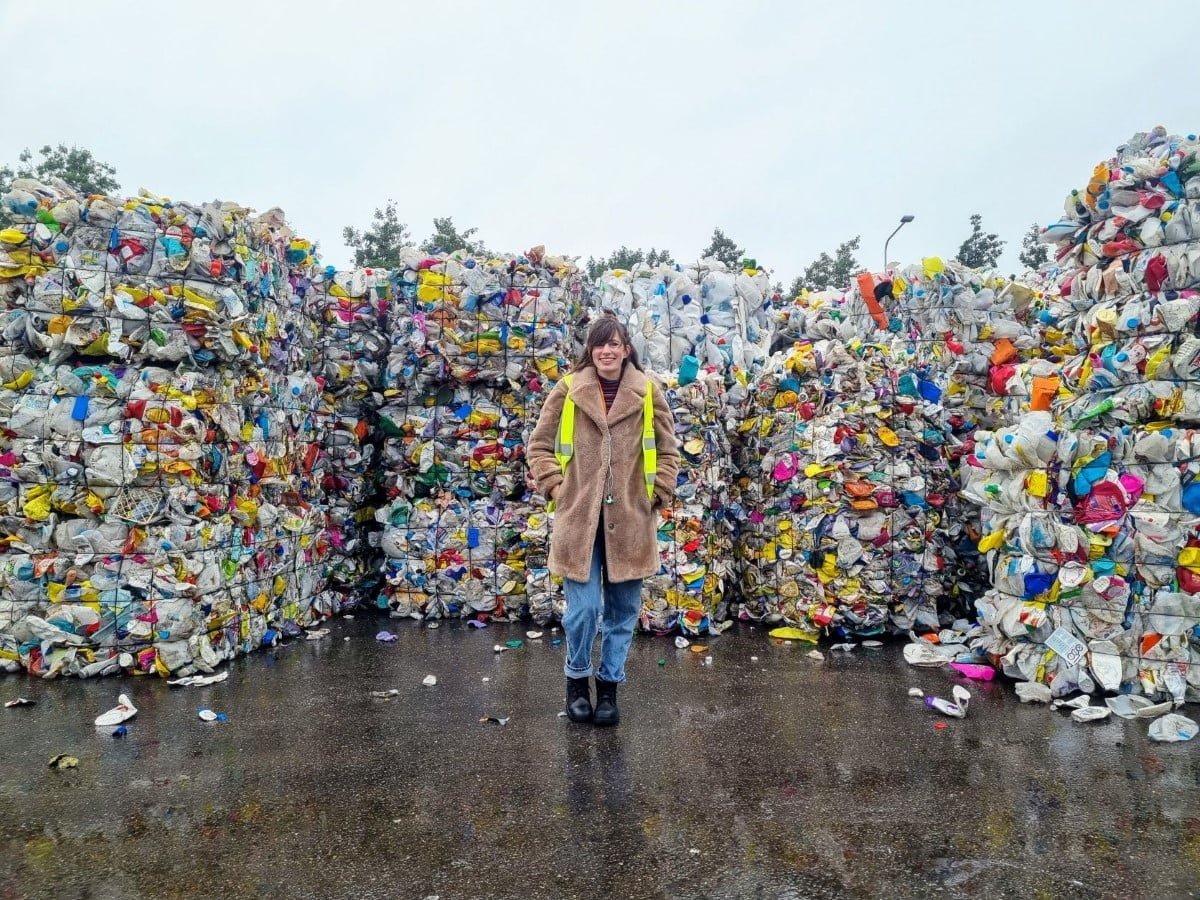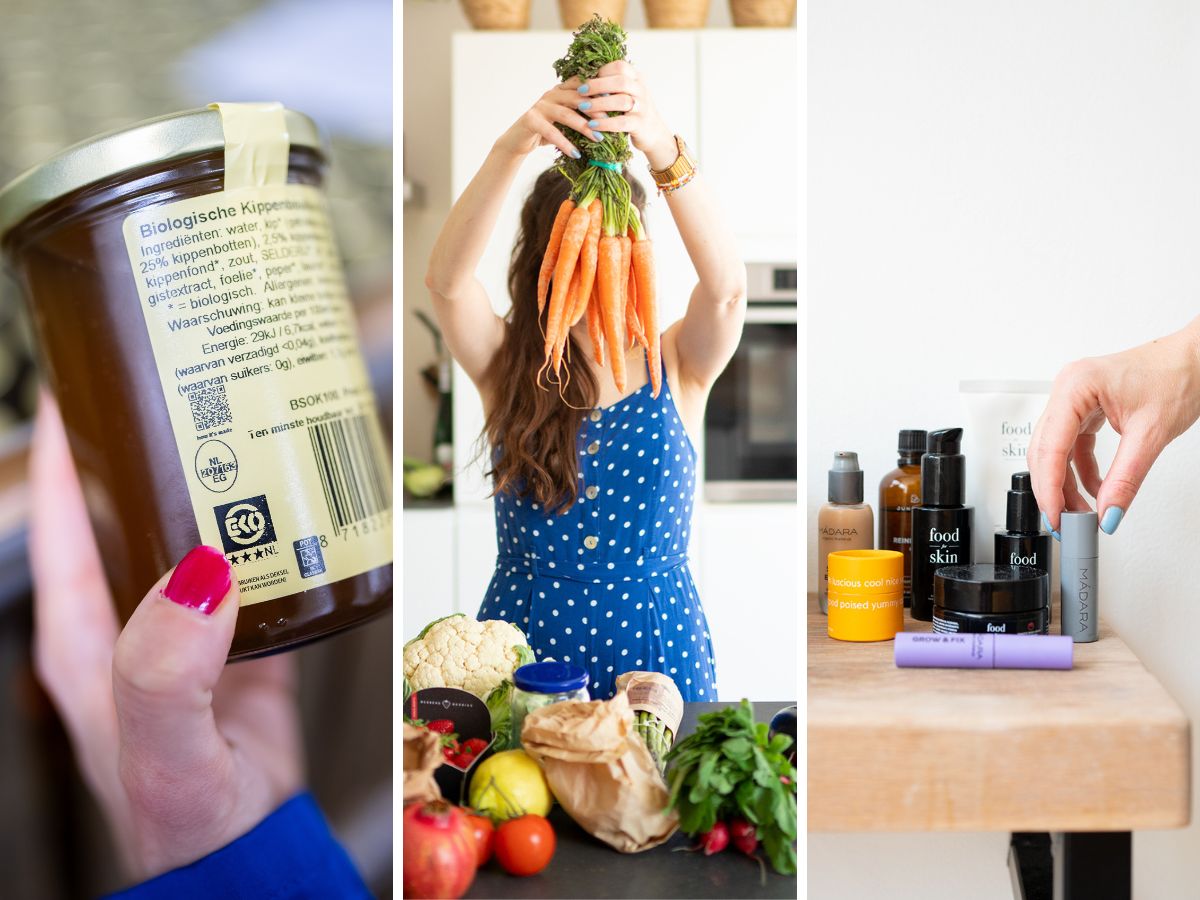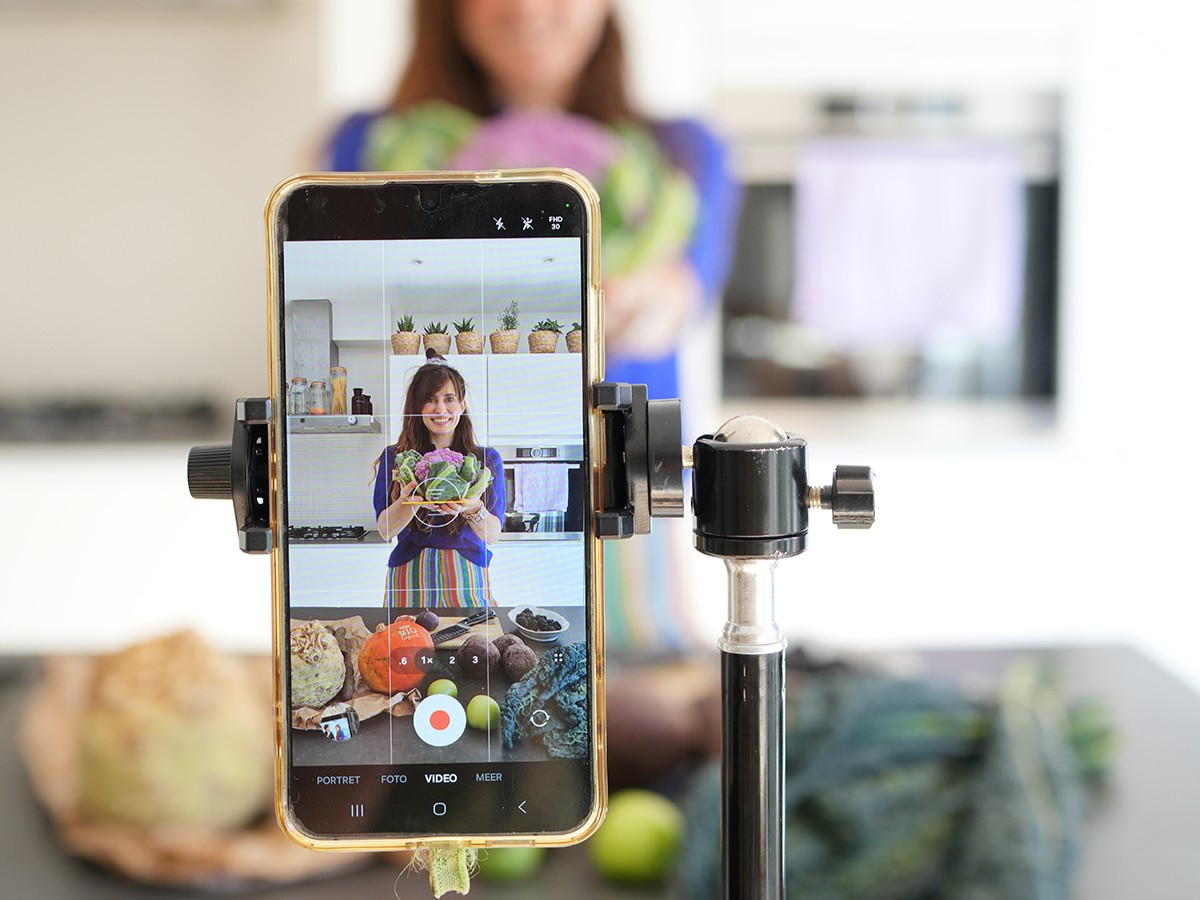‘This bottle is made of 100% recycled plastic.’ You've probably seen this on the packaging of a shampoo bottle or other beauty product. But how exactly does that recycling process work? I was given a guided tour at Morssinkhof - Rymoplast, one of the largest plastic recycling plants in Europe where they know all about high-quality closed loop recycling. Circular valley turns out to be just up north, in Heerenveen to be precise!
How is my shampoo bottle made from recycled plastic?
In collaboration with Unilever / Andrélon
If you ever buy shampoo from Andrélon, you may have noticed that the famous purple bottle looks a bit different these days. The design and shape have been revamped. But what I find much more interesting: the purple bottles are now made of 100% recycled plastic (okay, except for the cap). And since more than 28 million Andrélon bottles are sold every year in the Netherlands alone, this saves a lot of waste. Unilever, the manufacturer of Andrélon, has calculated that switching to recycled plastic saves 600 thousand kilos of plastic a year. That is indeed a lot of purple shampoo bottles. A world without waste and waste should be the goal. What if more big brands switched to recycled plastic? They together could make huge positive (!) impact to produce less waste!
Excellent choice: recycled plastic that recycles well
I learned earlier from a packaging expert at Milieu Centraal that there is a lot of deception in the world of plastics and that recycled plastic that is easily recyclable is currently one of the most sustainable packaging materials. You can read more about this in this article: the truth about plastic packaging. To delve further into this topic, I travelled to Friesland at the invitation of Unilever, where I visited one of the largest and most advanced plastic recycling plants in Europe. Here I was given a guided tour and got to talk to two packaging experts from both Morssinkhof - Rymoplast and Unilever. After this visit, I understand even better how recycling works, what the difference is between down cycling and closed loop recycling and how we could accelerate a circular economy even more. I am happy to explain it to you!
Plastic that does not contribute to the plastic waste mountain
I know many people are critical of big companies when it comes to sustainability. At the same time, they do have the position to initiate systemic change. Lars van Zutphen of the Frisian recycling company explains: ‘For good and high-quality recycling, you need two things: a good infrastructure for collection and sorting (we have that in the Netherlands) and enough big companies, such as Unilever and IKEA, that want to buy recycled plastic ánd design the products so that they are suitable for recycling. This is the only way to complete the circle.’
How does plastic recycling work?
It is quite extraordinary when you think about it: much of our plastic household waste is sorted by material and colour at processing plants, washed, crushed and finally melted into new clean plastic granules that in turn serve as raw material for new packaging. This - albeit in simplified terms - is the process of plastic recycling. Manufacturers, such as Andrélon, can buy these granules and make their packaging from them. This is a lot more sustainable and consumers do not notice. Recycled plastic is almost identical to virgin plastic. And brands don't have to leave it for recognition either, as it can be dyed in numerous colours. Why don't more manufacturers do this?
It is such a logical sustainable step to reuse plastic household waste, plastic that is already there, instead of drilling oil out of the ground for new plastic. At Unilever, they now realise this, which is why more and more brands are switching to recycled plastic packaging. For example, Dove and Axe's products are also made of 100% recycled plastic (except cap).
Tour of recycling plant


Guided tour at Morssinkhof - Rymoplast.
Downcycling versus closed loop recycling
You have recycling and you have recycling, that became clear to me after this tour. For instance, unfortunately a lot of plastic is still not optimally recycled, this is called downcycling. Certain streams from household waste are then at best recycled into a traffic post or a plastic pipe for underground. And if that pipe is broken, it is often already of such low quality that recycling again is out of the question. It has to go into the incinerator. So this is called downcycling and is perhaps somewhat, but certainly not entirely, circular. Much more interesting and future-proof is the technology that Morssinkhof - Rymoplast is working on. Their mission is to recycle plastic as clean, pure and high-quality as possible, allowing the plastic to keep the same application. A plastic shampoo bottle could theoretically become a new shampoo bottle, a shopping crate remains a crate and a PET bottle remains a PET bottle.
Plastic recycling also sounds pretty impactful?
‘It is true that the process of plastic recycling is quite impactful, as it requires a lot of energy and (hot) water. Despite this heavy process, it has been calculated that plastic recycling still emits 72% less CO2 than producing new plastic. We partly generate our own energy with solar panels, the rest we buy as green as possible.’
Lars van Zutphen of Morssinkhof - Rymoplast
How does closed loop recycling work
To do that high-quality recycling like at Morssinkhof-Rymoplast, big machines are working day and night. How does closed loop recycling work:
- Households separate plastic waste or municipalities do post-separation. Post-separation is increasingly preferred as it proves to be more efficient and sustainable, eliminating the need for trucks to collect the waste separately all the time.
- At the sorting centre, plastic waste is sorted by type of plastic and by colour. This is done with cameras and sometimes on the conveyor belt by people. The aim is 99% purity. Household waste consists of various types of plastics, the vast majority of which consists of four polymer types:
- PET: well known from the PET bottle and meat dishes,
- Polypropylene (PP): hard plastic from which, for example, many caps, yoghurt pails and salad bowls are made,
- High-density polyethylene (HDPE): softer plastic that shampoo bottles, for example, are made of,
- Low-density polyethylene (LDPE): film.
- At Morssinkhof - Rymoplast site in Heerenveen, they recycle PP and HDPE packaging, where both streams are sorted separately into four colour groups (white, blue, green and natural).



Recycled plastic chips by colour, recycled plastic pellets and the finished products that can be produced from recycled plastic in various colours.
- After sorting by colour, the plastic is ground into shreds, which are then washed in cold water.
- The sorted shreds are hot washed to remove all dirt, ink and glue residue. The cleaner it is, the higher-quality it can be recycled (and can be recycled again).
- These chips are sorted again to make them even cleaner, because a machine is not perfect and sometimes dirt, sand or bits of other plastic are still in it. This sorting is also done with a camera, but also with water (what sinks doesn't belong in, as plastic floats).
- The clean and sorted chips are melted into plastic pellets.
- The granules are sold to brands that use it for their packaging materials.
Is a world where 100% plastic recycling is feasible?
‘Current laws and regulations for food packaging are at odds with Europe's ambitions, nevertheless there is still a lot of ground to be gained in non-food applications for the use of recycled plastic. For food, it is different: there is no legal ban on using recycled plastic for food, but there is strict legislation. If you want to use it for food, at least 99% of the sorted packaging waste must be food packaging. With PET, we know this because of the deposit system, but for the HDPE and PP we recycle in Heerenveen, we have no apar collection system that can guarantee that 99% of the waste comes from food packaging.’
Lars van Zutphen of Morssinkhof - Rymoplast
Recycled plastic on a shampoo bottle: now you know what it means!
Now you know what the story behind that sticker with ‘100% recycled plastic’ means the next time you go shopping. In addition, if a product also mentions that it is highly recyclable, then you know that at least for the packaging, the producer has made a pretty sustainable choice.
To give you a bit of guidance on choosing more sustainable packaging, Milieu Centraal has some packaging tips:
- Try to avoid single-use glass and packaging consisting of multiple materials (e.g. chip bags). Production and recycling of single-use glass consumes a lot of energy.
- Packaging consisting of multiple materials cannot always be kept in the cycle and is often used in low-grade applications, with a loss of quality. In contrast, returnable glass and recyclable plastic are sustainable choices.
- Certified labelled paper can also be a good choice, if you keep it clean and dry and collect it separately so that it is easy to recycle. Paper is, again, a bit heavier than plastic in transport.
- Of course, you can also buy packaging-free products or bring your own cloth bags or reusable glass jars when you go shopping.
See more about Morssinkhof - Rymoplast.
More sustainable tips from thegreenlist.nl
- Also see: On plastic diet: 10 tips to reduce your plastic use
- Also see: Collecting deposits at home: 5 handy tips!
- Also see: visiting recycling shop Droppie in Amsterdam.
Photo credits: thegreenlist.nl.












